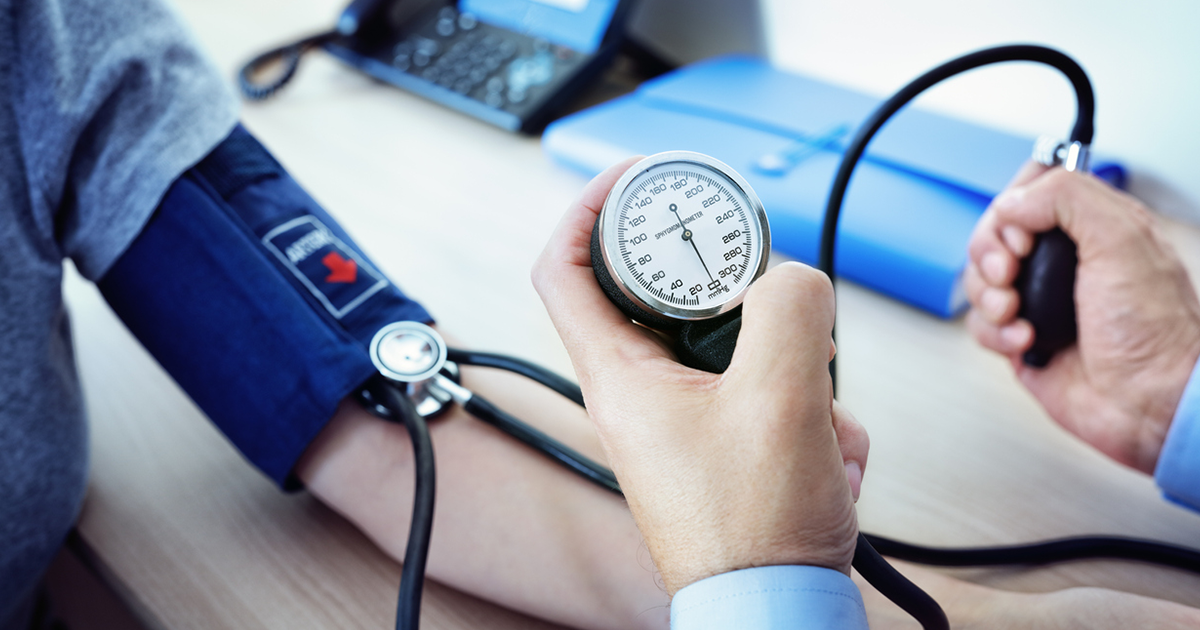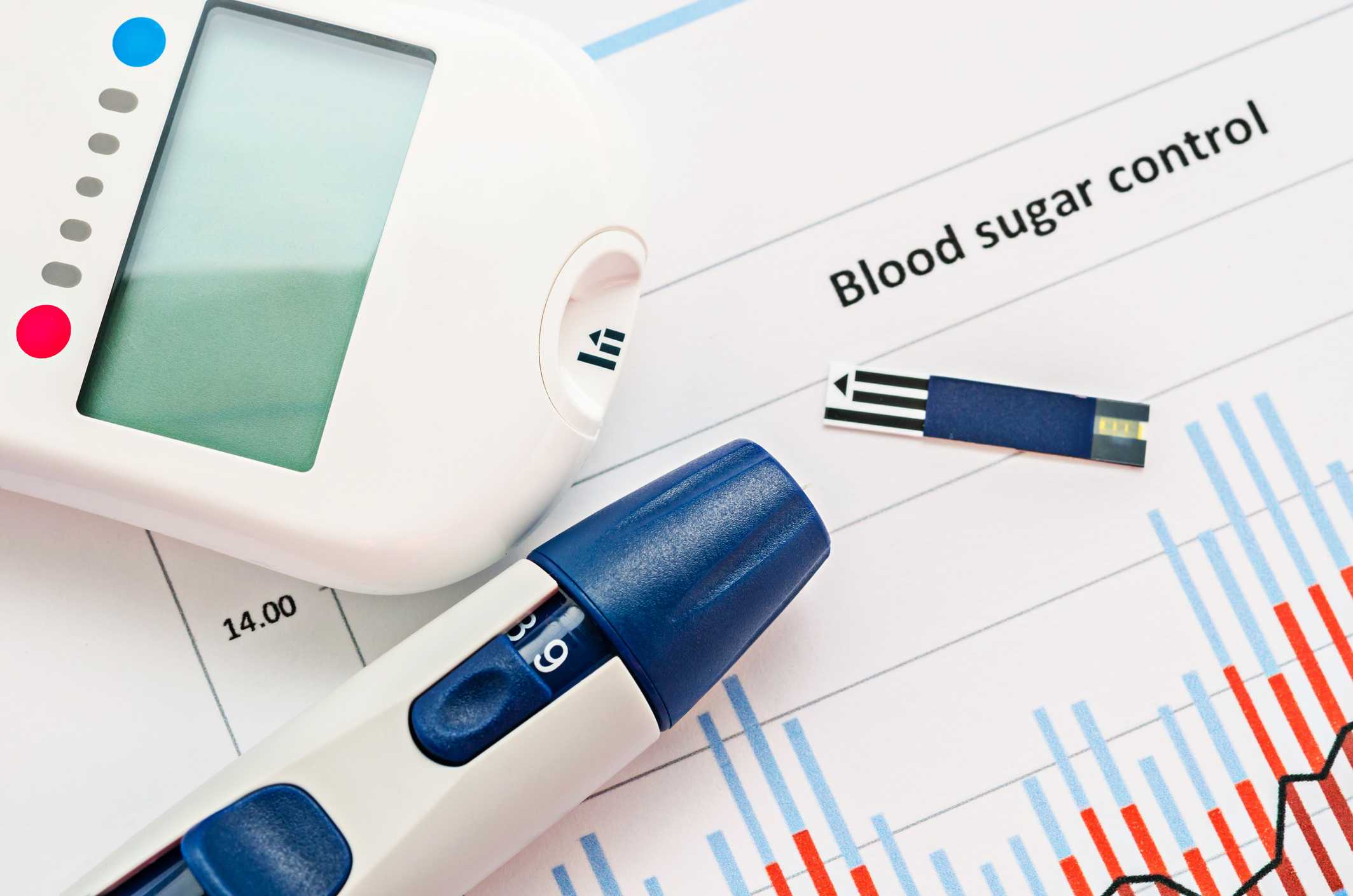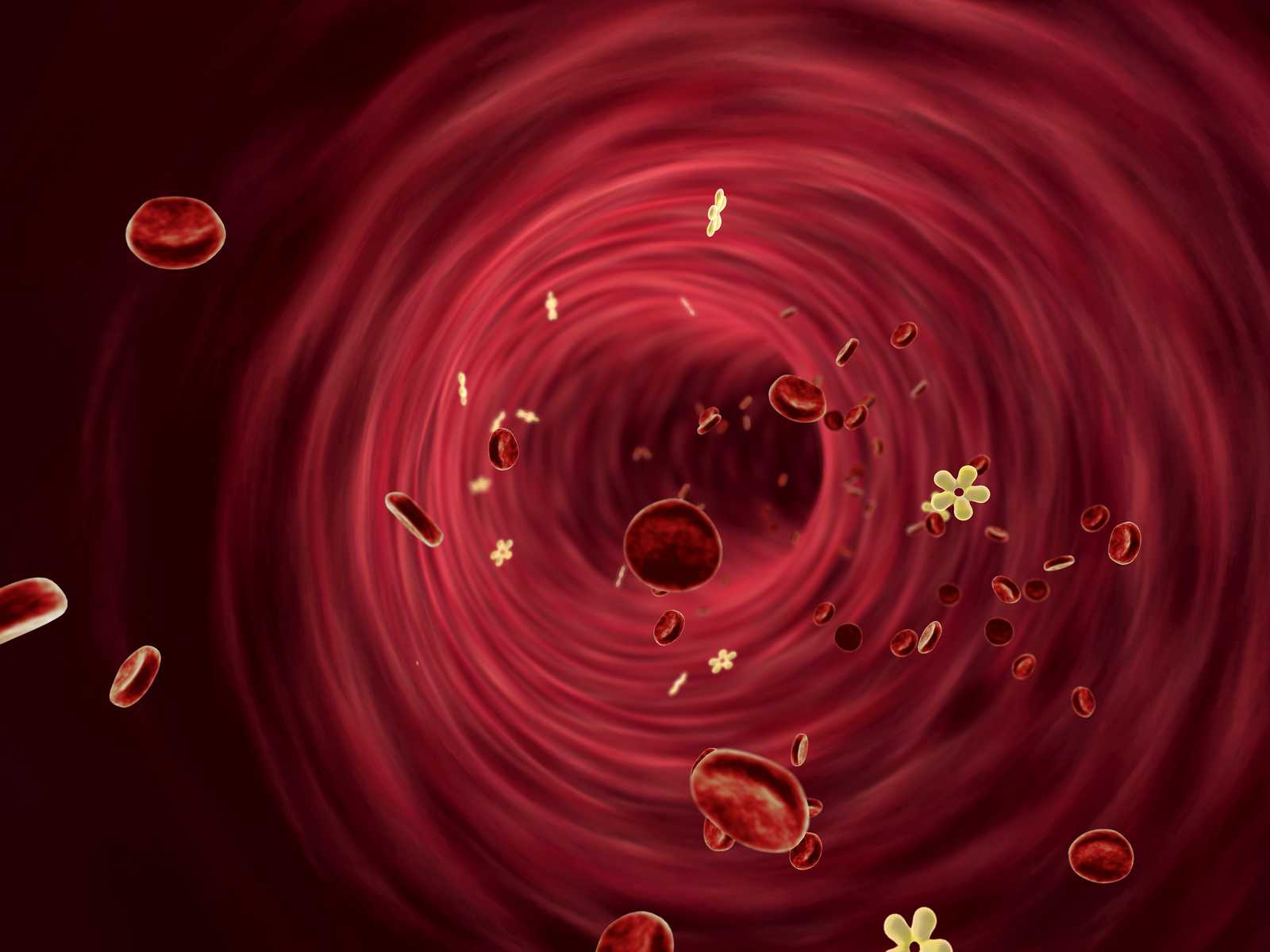Short term complications occur if blood glucose levels go too low or too high for the body to function properly in the present state.
Short term complications can present immediate danger and therefore need to be treated quickly to avoid emergencies
What are the short term complications of diabetes?
The most common short term complications of diabetes are the following:
Short Term Complications Guides:
Hypoglycemia
Hypoglycemia is a state of having blood glucose levels that are too low. Hypoglycemia is defined as having a blood glucose level of below 4.0 mmol/l. Symptoms include tiredness, weakness, confusion and a raised pulse rate.
If you take blood glucose lowering medication such as insulin, sulfonylureas and post prandial glucose regulators, it is important to treat hypoglycemia immediately to prevent blood glucose levels from going dangerously low.
Hypoglycemia can also occur in people that do not take diabetes medication but in this case, the body should low blood sugar levels naturally and treatment is not normally needed unless you have a condition known as reactive hypoglycemia or will be carrying out a dangerous task such as operating machinery or driving.
Ketoacidosis
Ketoacidosis can occur if the body spends a significant amount of time with too little insulin to refuel the cells of the body.
Without insulin the body will break down fat to release ketones into the blood that can be used for energy without the need for insulin to be present.
However, if the level of ketones in the blood becomes too high, ketoacidosis is said to occur, and this condition can be very dangerous.
Ketoacidosis will only usually occur if the body has too little insulin and there can affect people with type 1 diabetes, people that have had a pancreatectomy (surgical removal of the pancreas) or people with type 2 diabetes that produce very little of their own insulin.
Ketoacidosis may cause vomiting, dehydration and can cause coma. It is very important to seek urgent medical attention if someone is displaying the symptoms of ketoacidosis.
- Read more on the management of diabetic ketoacidosis
Hyperosmolar Hyperglycemic State
Hyperosmolar Hyperglycemic State (HHS) is condition which can occur in people with type 2 diabetes that develop very high blood glucose levels. HHS can lead nausea, dehydration, confusion, fever and coma if your blood glucose is approaching a level of 40 mmol/l or more.
As HHS can be very dangerous, it is important to seek medical advice if your blood glucose levels rise to very high blood sugar levels.
- Read more on Hyperosmolar Hyperglycemic State
Coma
Coma as a result of diabetes is relatively rare but it is important to be aware of how coma can occur and therefore how to prevent it.
Coma can develop either from very high or very low blood glucose levels. Coma from very low blood glucose levels can develop in people using insulin if too much insulin is taken Coma from high blood glucose levels may result from ketoacidosis or from Hyperosmolar Hyperglycemic State.
- Read more on diabetes and coma
Dead in bed syndrome
Dead in bed syndrome is estimated to account for 6% of deaths in people under 40 years old with type 1 diabetes. Researchers are yet to fully understand the cause of dead in bed syndrome but hypoglycemia is thought to be a major factor.
- Read more dead in bed syndrome










